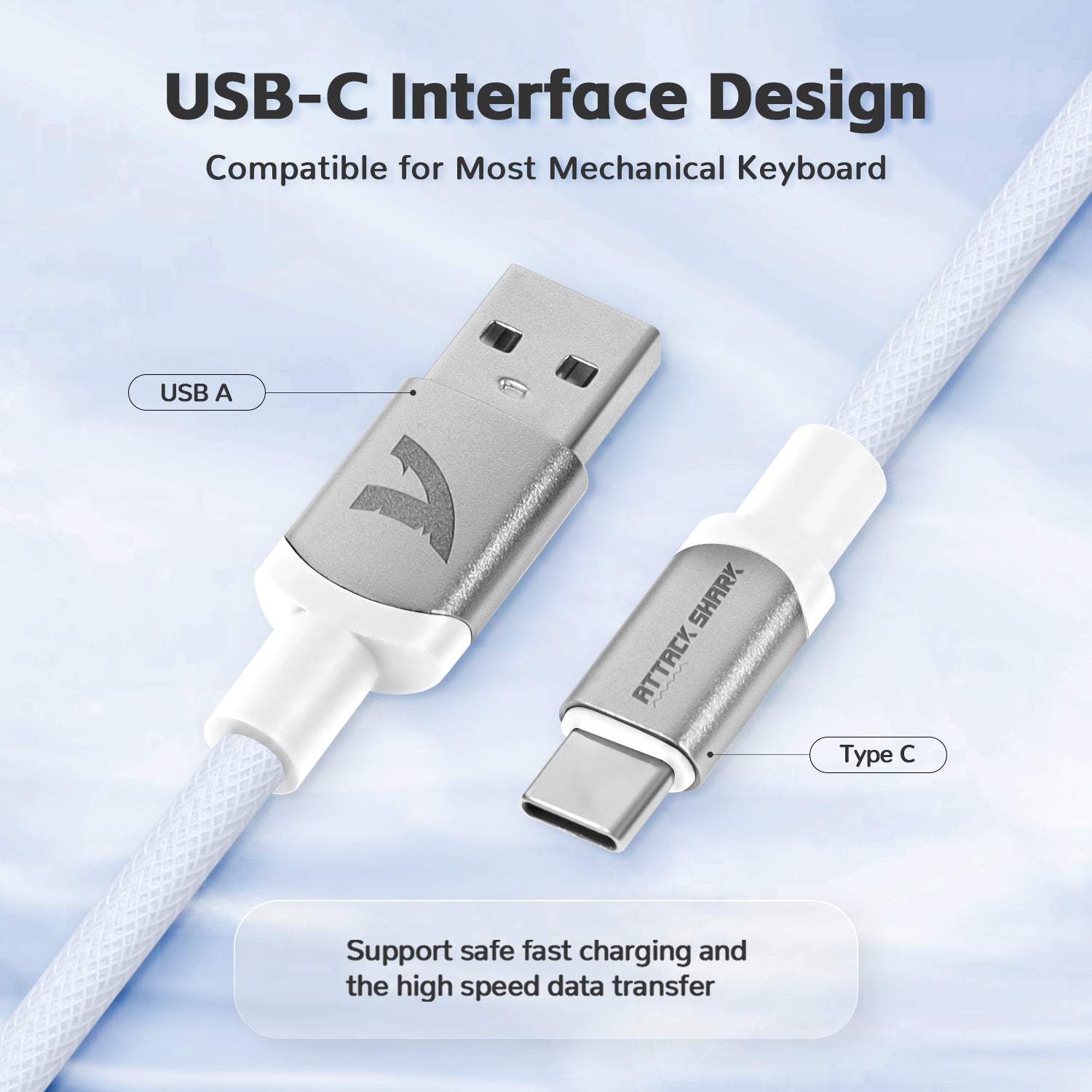For those diving into the world of mechanical keyboards, understanding the essential components is crucial. This guide will walk you through the key elements every mechanical keyboard enthusiast should know about, offering insights into what makes these keyboards unique and customizable.

The Essential Components Every Mechanical Keyboard Enthusiast Should Know About
Mechanical keyboards are celebrated for their durability, tactile feedback, and customization options. To fully appreciate these features, it's important to familiarize yourself with the core components that make up these keyboards.
Switches: The Heart of the Keyboard
Switches are arguably the most critical component of any mechanical keyboard. They are responsible for the feel and sound of each keystroke. Switches come in various types, including linear, tactile, and clicky. Linear switches provide a smooth keystroke without any tactile bump, making them ideal for gaming. Tactile switches offer a noticeable bump at the actuation point, providing feedback that is favored by typists. Clicky switches combine tactile feedback with an audible click, offering a satisfying typing experience.
For example, if you prefer a quieter typing experience, you might opt for linear switches. On the other hand, if you enjoy the sound and feel of each keystroke, clicky switches would be your go-to choice.
Keycaps: The Interface Between You and the Keyboard
Keycaps are the visible part of the keyboard that your fingers touch. They come in various shapes, sizes, and materials, allowing for extensive customization. Common materials include ABS (Acrylonitrile Butadiene Styrene) and PBT (Polybutylene Terephthalate). ABS keycaps are generally more affordable and have a smooth texture, but they can become shiny over time. PBT keycaps are more durable and resistant to wear, often featuring a textured surface that many users prefer.
Enthusiasts often swap out their keycaps to personalize their keyboards, choosing different colors, profiles, and even custom legends to match their aesthetic preferences.
PCB: The Brain of the Keyboard
The Printed Circuit Board (PCB) is the backbone of the keyboard, connecting all the switches to the microcontroller. It determines the layout and functionality of the keyboard. Some PCBs support hot-swappable switches, allowing users to change switches without soldering. This feature is particularly appealing to those who like to experiment with different switch types.
For instance, a hot-swappable PCB enables you to try out tactile switches for a few weeks and then switch to linear ones without any hassle, enhancing the versatility of your keyboard.
Case and Plate: The Foundation and Structure
The case and plate provide the structural integrity of the keyboard. The case houses all the components, while the plate sits between the switches and the PCB, adding rigidity and affecting the overall typing feel. Cases can be made from various materials, including plastic, aluminum, and even wood, each offering a different aesthetic and weight. Plates are typically made from metal or plastic, with metal plates providing a more solid and stable typing experience.
Choosing the right case and plate combination can significantly impact the keyboard's acoustics and feel. For example, a metal case with a brass plate will give a heavier, more premium feel compared to a plastic case with an aluminum plate.
Conclusion
Understanding the essential components every mechanical keyboard enthusiast should know about is the first step in appreciating and customizing your keyboard. From switches and keycaps to PCBs and cases, each element plays a crucial role in defining the keyboard's performance and aesthetics. By familiarizing yourself with these components, you can make informed decisions and create a keyboard that perfectly suits your needs and preferences.
Whether you're a seasoned enthusiast or a newcomer, the world of mechanical keyboards offers endless possibilities for customization and personalization. Dive in, experiment, and enjoy the journey of creating your perfect keyboard.







